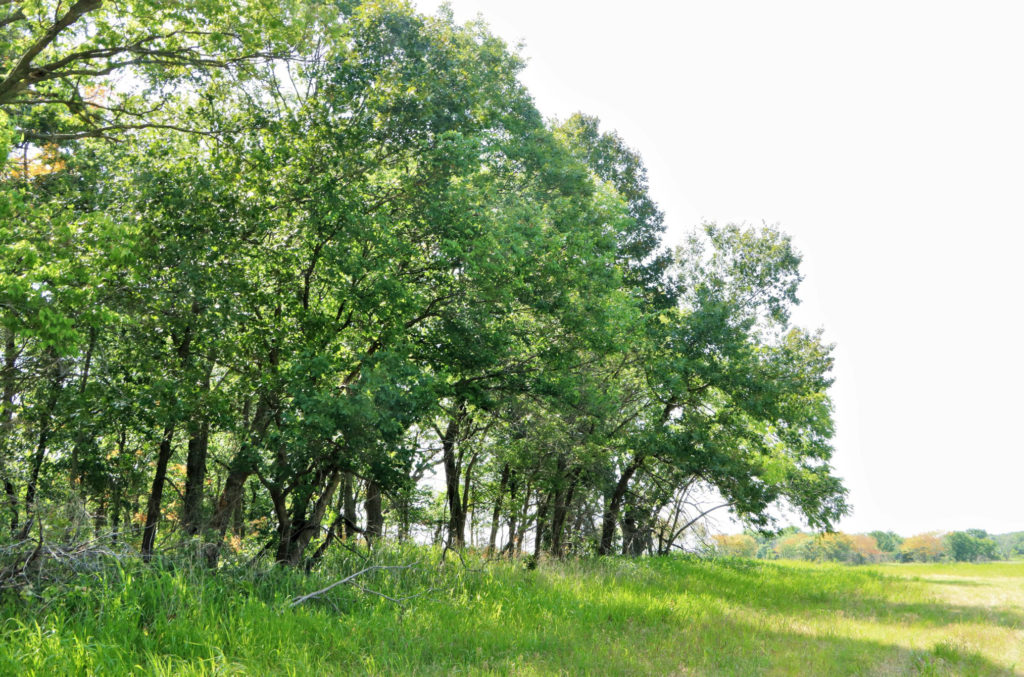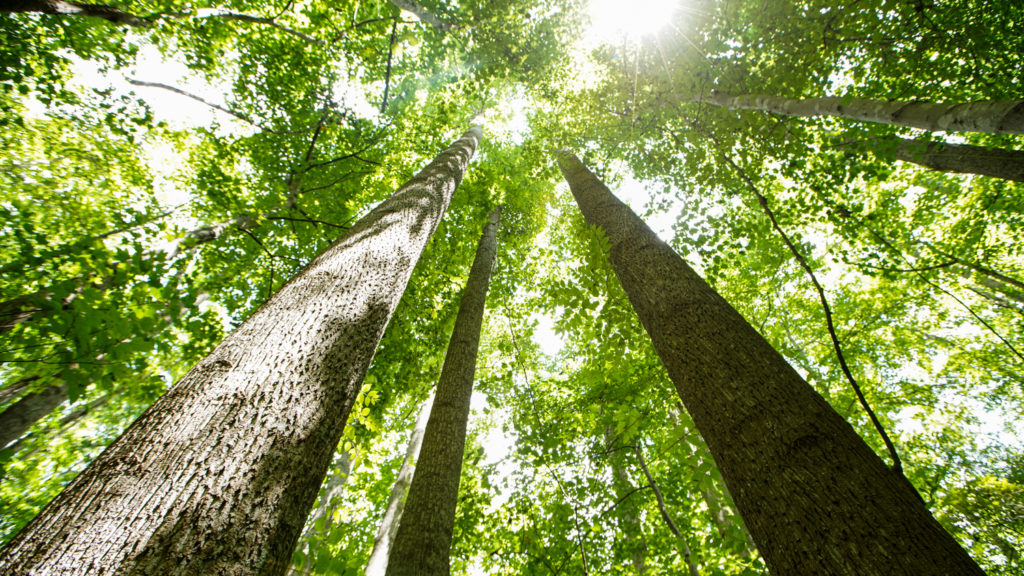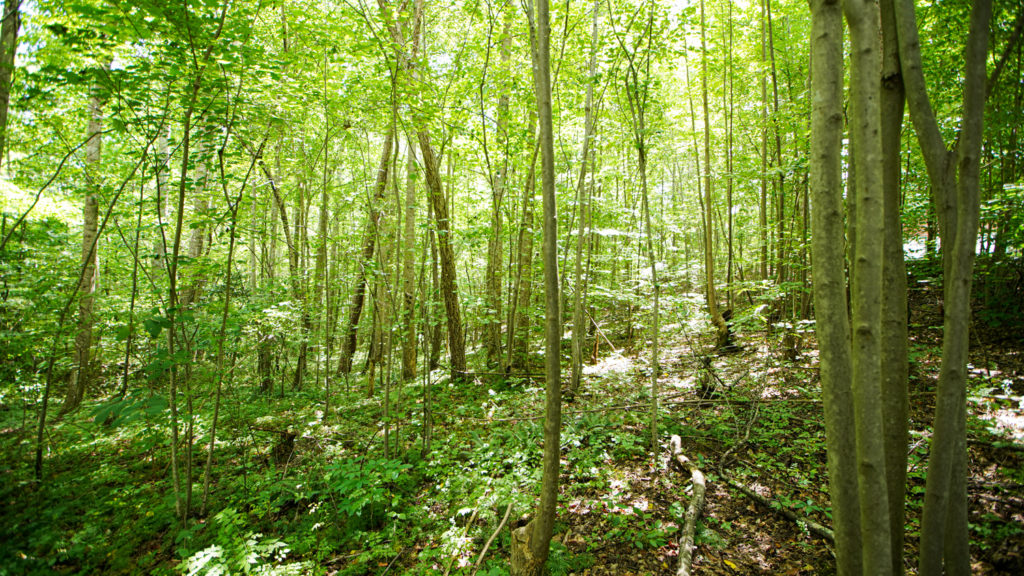



Sign in
Sign in to save favorite properties and equipment, save your search parameters and more
Don’t have an account yet? Sign Up Now
Sign up
Already have an account? Login Now






Sign in
Sign in to save favorite properties and equipment, save your search parameters and more
Don’t have an account yet? Sign Up Now
Sign up
Already have an account? Login Now
When it comes to investing in something as complex as timberland it’s best to get expert advice first. What is the current market rate for white oak? Can I sell my timber? Does timberland make for good hunting property? It’s important to talk with someone who knows both sides of the equation – buying recreational real estate and properly managing it to reach your end goals.
On a recent afternoon, we found ourselves asking some of these important questions, so we turned to the experts, Hayden Outdoors agent Jeff Lovan and his long-time friend and professional logger, Austin Gauldin. They were out in the field, doing what they do best – morphing a dense swath of old growth forest into healthy, thriving land, optimized for growing timber, harvesting logs, hunting, and year-round recreation. Jeff and Austin offered up the kind of expertise one garners from a lifetime spent in the woods, where the office is the front seat of a farm truck or a ridgeline overlooking treetops.
We asked Jeff what his process is for determining the value of timberland, and he offered up this insight: “Buyers need to remember that timber is a commodity, just like corn and beans. That means the value of timber goes up and down, depending on market demand.” He also wants to know if the land has ever been cut – and if so, when – in addition to how healthy the trees currently are.
“I don’t do a lot of traditional timber surveys. I lean heavily on someone who can walk the property and knows the wood – someone who sells timber every day of their lives and knows exactly how much the trees are worth. The guy who’s gonna be making the sawdust is the best person to give an idea of how much the timber is worth.”
Enter Austin Gauldin.
Jeff and Austin have been running around the Ozarks their entire lives, but Austin has made a living of knowing the ins and outs of southeastern Missouri’s forests, and the ups and downs of the timber industry. We were curious about what the current price of timber is in his region. He told us it depends on the type of tree, what you want to do with it, and how the market is reacting on that particular day. “Right now, walnut and white oak are where the money is.” According to Austin, walnut has always been a sought after wood, but white oak is a relatively new timber trend.
“Today, walnut is selling for anywhere between ¢.40 and $8 – $10 per board foot. White oak can also bring in a lot of money – white oak hardwood veneers are very popular right now, and less-perfect pieces of the white oak stave logs go into making wine and whiskey barrels.”

The most prominent and obvious risk when investing in timberland property is market volatility, assuming your aim is to monetize the timber itself. Jeff continued, “When you’re buying timber property, you’re subject to the fluctuating markets. I watch commodity prices on an hourly basis.” Austin chimed in, “And you can’t just look at a piece of ground with a bunch of big trees on it and assume those trees are valuable. What you see on the outside of a tree isn’t necessarily what’s on the inside. Timber can be rotten on the inside.”
It’s best to play the long game with timberland, which means having a thorough understanding of the types of trees you plan on harvesting now, and how you want to manage the forest in the decades to come. Walnut in particular is a very slow-growing tree. Talking with a local timberman or forester to determine which trees to harvest today to allow smaller, healthier trees to sprout up in the future is important.
When we called to ask about timberland management, Austin was doing just that – walking new property and deciding how best to take care of the forest. He offered some tips and things he looks for when managing timberland, including:


Jeff noted that it’s important to multitask when taking trees out of your new timberland. “While you cut timber, consider putting in food plots, roads, and trails that allow access to every inch of the property. Land isn’t overly valuable if you can’t access it.” He notes the importance of diversifying roads and trails to include those accessible by truck, ATV, horse, and on foot. Take wind direction into account, which can come into play during hunting season.
Austin added, “You’ll find better trees on the north- and east-facing slopes are typically the best growth in the Midwest which varies from region to region. These get less direct sunlight, which can be hard on trees. South- and west-facing hillsides also tend to have more rocks, and trees don’t grow as well there. Harvesting timber provides an opportunity for habitat improvements and more accessible woods.”
While this varies from region to region and state to state, in many parts of the country, there are government programs and grants for timber that help offset the cost of timberland management. In Missouri, this is known as TSI, or timber stand improvement. The program incentivizes timberland owners to properly thin their trees, encouraging healthier, sturdier long-term growth. In other parts of the country, the U.S. Forest Service might offer similar programs for wildfire mitigation.
The one thing that can be really tough on your timberland and render it less valuable to either the local mill or government grant program? “Cattle,” Austin told us. “Cows are really rough on timber. Running cattle on timberland results in too much nitrogen in the trees, which will rot them from the bottom up. This is definitely something to consider if you’re looking at buying the land.”


When it comes to buying timberland, Jeff summed it up with these choice words: “You’ve gotta know where to sell the logs and who to sell them to in order to get the most out of your tree.” He admitted he might not know the answer to every question, but, “I can always call a guy who does.”
This is why it’s essential to work with a recreational agent when buying timberland, and the recreational real estate agents at Hayden Outdoors are second to none. They’re out in it every day, walking and working the land, and then checking commodity prices from the cab of their truck. In Jeff’s and Austin’s case, these boys were born and raised in the small town in southeastern Missouri where they live. They not only know the land, trees, waters, and wildlife, they also know the good, local timbermen. “A big part of our job as an agent is to have the local resources. I’m probably not your guy if you’re looking to sell a lot in town, but if you have some timber ground, that’s my wheelhouse. Finding the right person for what you’re buying or selling is everything.”
If you’re looking for viable timberland for sale in your neck of the woods, the recreational real estate agents at Hayden Outdoors walk the walk and talk the talk. They ensure your investment is sound and sturdy, reinforced with the kind of local knowledge that comes with a lifetime of living in and loving a place.